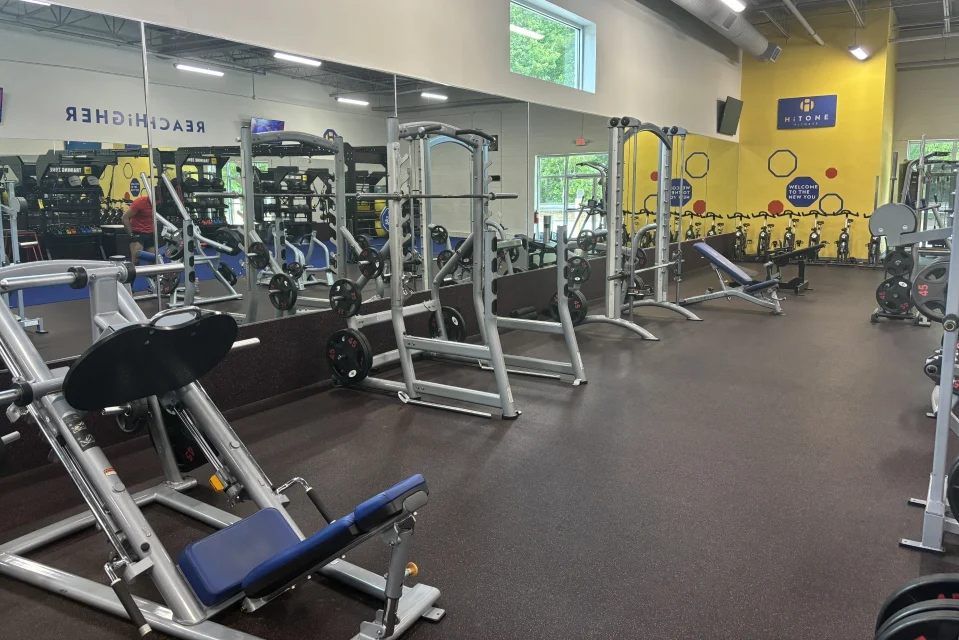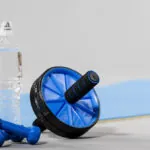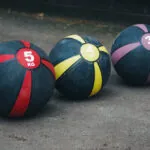Calisthenics, in its simplest form, is bodyweight training. It’s a form of exercise that hones in on the fundamentals – strength, balance, and flexibility. And the best part? It’s incredibly versatile. Whether you’re in your living room, at a park, or even on a beach, you can do calisthenics anywhere.
The benefits of calisthenics are numerous. It’s not just about building muscle or losing weight, although those are definite perks. It’s about enhancing your overall physical health, improving your posture, boosting your flexibility, and skyrocketing your body awareness.
But as with any other fitness regime, you need to master the basics first in order to progress to more complex moves and see results quickly.
Essential calisthenics exercises for beginners
Let’s dive into the essential calisthenics exercises for beginners. These are your bread-and-butter moves, the foundation upon which you’ll build your calisthenics prowess.
Push-ups
This classic exercise isn’t just a staple in the calisthenics world, it’s a cornerstone in virtually every fitness regime out there. And for good reason! Push-ups are a fantastic way to build strength in your chest, target your shoulders, and tone those triceps.
To perform a push-up correctly, start in a high plank position, hands directly under your shoulders. Lower your body until your chest is just above the ground, keeping your back flat and your body in a straight line. Push back up to the starting position and voila! That’s one rep. Remember, quality over quantity always. It’s better to do five good push-ups than twenty sloppy ones.
Pull-ups
Pull-up is all about developing your back and biceps. It’s a more challenging move, but so rewarding when you finally get it!
If you don’t have a pull-up bar at home, no sweat. You can use a sturdy tree branch or even a playground swing set. For beginners, try an assisted pull-up. Use a resistance band or a chair to help take some weight off your lower body. As you get stronger, you’ll be able to do pull-ups unassisted.
Squats
This exercise targets your legs and core, giving you overall body strength. Plus, it helps you nail that perfect booty!
To execute a squat properly, stand with your feet hip-width apart. Lower your body as if you’re sitting in a chair, keeping your chest up and your knees over your ankles. Push through your heels to stand back up. Remember, don’t let your knees cave in, and keep your back straight to avoid injury.
Planks
Last but definitely not least, we have planks. This exercise enhances your core stability and endurance. It might look easy, but it’s a killer!
Start in a forearm plank position, elbows under your shoulders and your body in a straight line from head to heels. Engage your core and hold. Sounds simple, right? Wait until you’re 30 seconds in!
As you progress and get stronger, you can challenge yourself with plank variations. Try a side plank to target your obliques or a high plank to engage your shoulders more.
Remember, the key to mastering calisthenics, or any form of exercise for that matter, is consistency. Don’t get discouraged if you can’t do a perfect push-up or pull-up on your first try. Keep at it, and you’ll be amazed at how quickly your body adapts and gets stronger.
Once you’ve mastered basic bodyweight movements, learn how to combine calisthenics and resistance bands for maximum gains to take your training to the next level
Progressions and variations
As a beginner, it’s crucial to start with the basics. But once you’ve got those down pat, it’s time to level up. Progressing from simple to more complex exercises not only keeps your workouts interesting but also helps you avoid hitting that dreaded plateau.
Progressions
The key to progressing in calisthenics is to take it slow and steady. Start by increasing your reps or sets. If you can comfortably do 10 push-ups, aim for 12 or 15. Once that becomes easy, add another set.
Next, you can start incorporating more challenging moves. For instance, once regular push-ups become a breeze, try diamond push-ups to really target those triceps. Or, if you’ve mastered the basic squat, take a swing at pistol squats for an extra challenge.
Variations
Variations are your secret weapon to keep your workouts fresh and exciting. They also ensure you’re working different muscle groups, so you get a well-rounded workout.
For example, instead of doing standard planks every day, mix it up with side planks, spiderman planks, or even reverse planks. Each variation targets your core in a slightly different way, keeping those muscles guessing.
When it comes to pull-ups, try different grips – overhand, underhand, wide, narrow. Each one targets your back and biceps from a different angle, ensuring well-rounded development.
Common mistakes and how to avoid them
As a beginner, it’s easy to get caught up in the excitement and rush into things. However, correct form, rest, and execution are crucial, not just for effective workouts, but also to prevent injuries.
Push-up mistakes
A common mistake beginners make with push-ups is flaring their elbows out wide. This not only reduces the effectiveness of the exercise but also puts unnecessary strain on your shoulders. Instead, keep your elbows tucked closer to your body, forming a 45-degree angle with your torso.
Another mistake is not going low enough. A proper push-up requires your chest to nearly touch the ground. Don’t cheat yourself by only going halfway.
Pull-up mistakes
When it comes to pull-ups, a typical error is using momentum to hoist yourself up. This ‘kipping’ motion might make the exercise easier, but it also reduces its effectiveness and can lead to injuries. Focus on using your back and bicep muscles to pull yourself up, even if it means doing fewer reps.
Squat mistakes
With squats, a common mistake is letting your knees extend beyond your toes. This puts unnecessary pressure on your knees and can lead to injury. Keep your weight in your heels and push your hips back as if you’re sitting in a chair.
Plank mistakes
Finally, for planks, a common error is letting your hips sag or pike up. This not only reduces the effectiveness of the exercise but can also strain your lower back. Keep your body in a straight line from head to heels.
Final thoughts
As a beginner, it’s crucial to start slow and focus on mastering the basics. Don’t get discouraged if progress seems slow. Remember, every push-up, every squat, every plank is making you stronger. So, be patient, be consistent, and most importantly, be kind to yourself.
Don’t forget to mix things up with progressions and variations to keep your workouts fresh and exciting. And always, always prioritize proper form over the number of reps.





